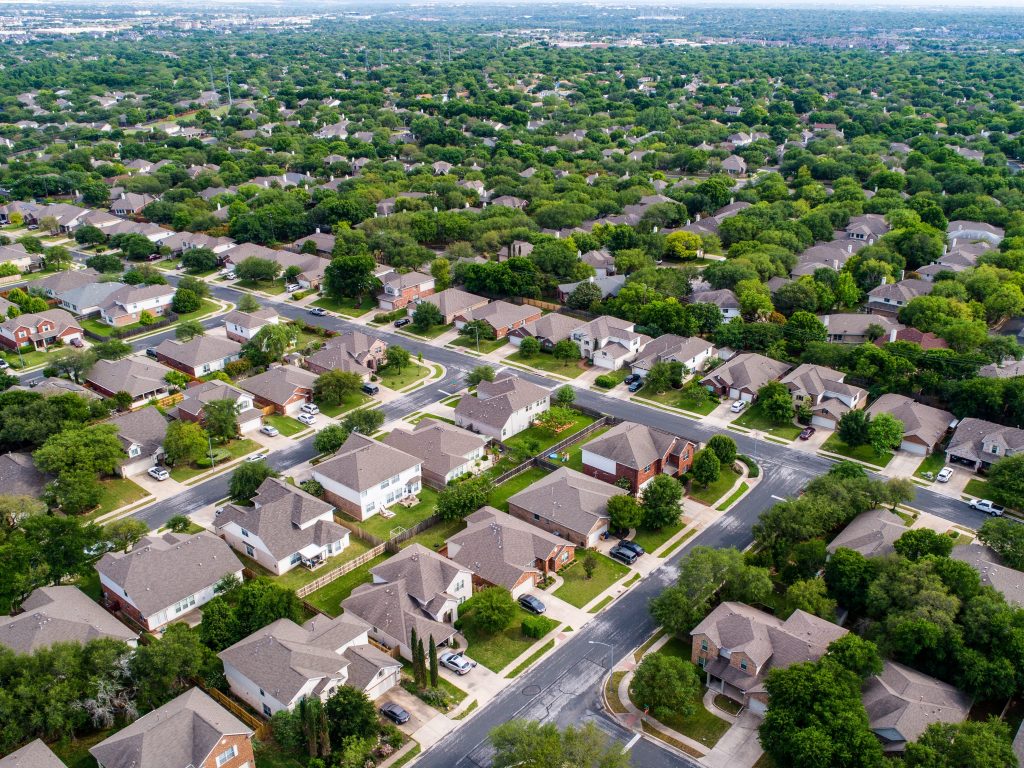- A typical real-estate cycle has four phases: expansion, hyper supply, recession and recovery.
- In the current housing market, hyper supply is missing from the equation.
- An expert says "demand exhaustion" has instead taken its place.
The homebuying game is changing.
Pandemic-era mortgage deals are over and affordability has plummeted for many potential buyers. However, despite waning demand, home prices remain high in housing markets across the country — and it's caused many Americans to wonder what comes next.
A typical real-estate cycle occurs in four phases: expansion, hyper supply, recession and recovery. But what happens when a factor is missing from the equation?
Todd Metcalf, the senior economist at Moody's Analytics, told Insider, that the nation's lack of available housing inventory is throwing the entire cycle for a loop.
"In the typical narrative the "hyper supply" is because construction companies over-build, and there becomes a glut of housing units," Metcalf said. "This occurred during the housing bubble preceding the Great Recession. However, at the national level we still see a severe housing shortage."
During the housing bubble of the mid-2000s, a mixture of cheap debt, predatory lending practices, and complex financial engineering led to many borrowers being placed into mortgages they could not afford. When the bubble burst, it gave rise to a foreclosure crisis among homeowners, as well as a credit crisis among the investors who owned bonds backed by these underwater mortgages. This caused a surplus of homes to flood the market, sent home prices plummeting, and contributed to the recession.
But in 2022 things are much different.
Residential construction has fallen to its slowest pace since April 2021 and the housing market needs to build millions of homes to meet buyer demand.
Metcalf says in place of hyper-supply, the housing market is now entering "demand exhaustion." In this phase, home prices don't fall due to a surplus of inventory, they instead decline as buyers' ability to afford them wanes.
"This occurs not because the demand for housing has gone away, but because rising interest rates have made it so that many people can no longer afford to buy a new home," he said.
This sort of buyer burnout doesn't lead to dramatic price drops but instead modest declines — and that means home prices aren't tanking like they did in 2008.
"Builders will continue building, but they have not been building at the levels of the housing bubble when overbuilding created a hyper supply," he said. "That glut of housing was part of what led to the dramatic price drops."
Mike Larson, a senior analyst at financial research company Weiss Ratings, agrees that this time around, home prices will take a longer time to fall across the board.
"I doubt we'll see very sharp, very sudden declines in the official price statistics over the next several months," Larson said. "But as conditions soften this year, it will gradually become apparent to buyers and sellers alike that the latest, greatest housing boom is kaput."
Although 19.1% of home sellers dropped their listing price during the month of May — the highest level since October 2019 — the median asking price of newly listed homes increased 18% year-over-year to a new all-time high of $418,000.
So while the pace of growth is slowing, home prices are still rising in several pockets of the country — and that means demand exhaustion is just getting started.
While it's too early to call the next phase of the housing cycle, Larson says the housing market is likely to remain challenged for the rest of this year and well into 2023.
"Given the magnitude of the rise in house prices during the boom, and the extended period that mortgage rates will likely remain high relative to 2020-2021 levels, a recovery isn't likely any time soon," he said. "It's going to take quite some time for incomes, prices, demand, and supply to come back into balance."
